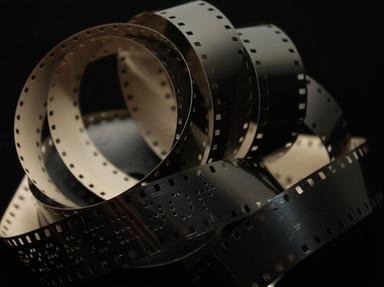Quiz Answer Key and Fun Facts
1. We probably all know that motion pictures are actually a series of still images run through a projector at a certain rate. The human brain takes these still images and reconstructs them as a single moving image. What is the term used to refer to the way in which the human brain prevents the viewer from seeing the dark spaces between film frames?
2. What antecedent to film was introduced by Eadweard Muybridge?
3. Andrew Holland was the first man in history to make a living from the movies. He opened a Kinetoscope parlor in 1894, which screened single film loops on Edison Kinetoscopes. In what city did Holland have this parlor?
4. The Lumiere brothers invented their Cinematographe based on Edison's Kinetograph. Which of the following is NOT true of the differences between them?
5. True or false: the 'Latham loop' allowed films longer than about a minute to be successfully projected.
Source: Author
rj211
This quiz was reviewed by our editing team before going online.
Any errors found in FunTrivia content are routinely corrected through our feedback system.


